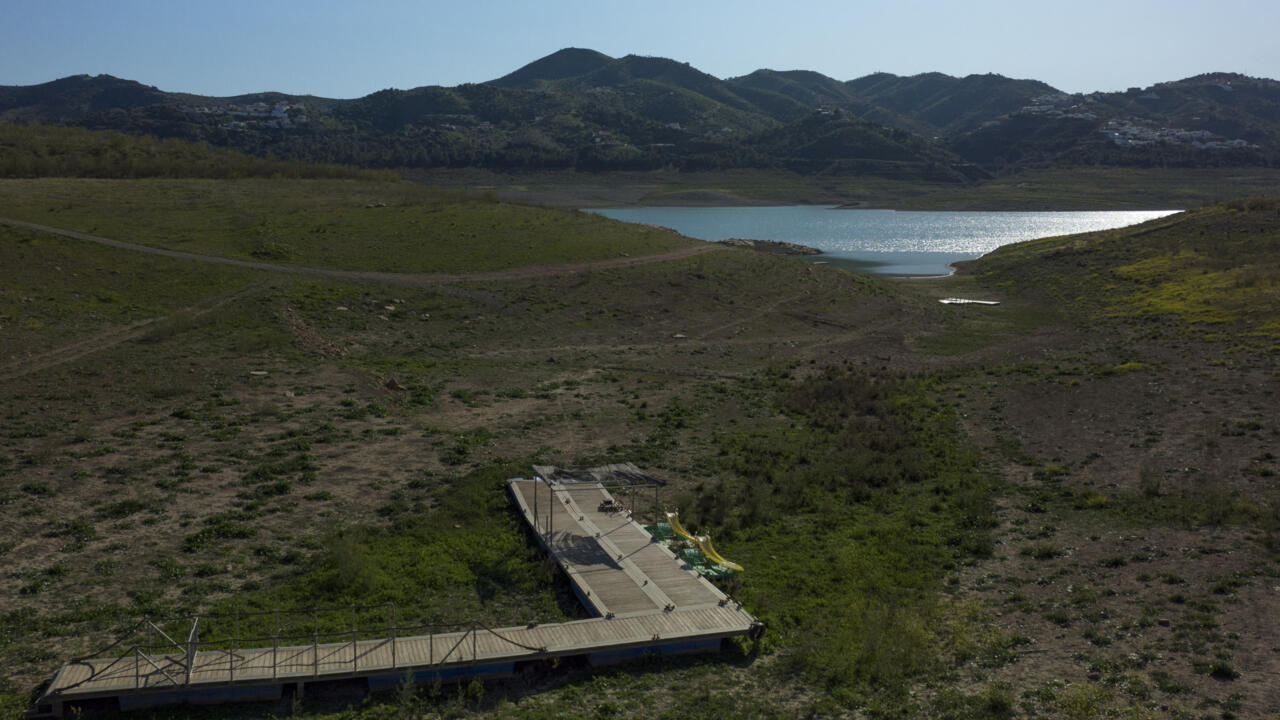Akinwumi Ogundiran, University of North Carolina – Charlotte
By the end of this century, the three most populous cities in the world are expected to be in Africa, with Lagos in Nigeria leading as home to 88.3 million people.
When thinking about what city life is like now and could be like in future, it’s helpful to know something about African urban history.
It’s a history that goes far back, long before the onset of European colonial rule in the late 19th century. And the Yorùbá-speaking area of west Africa was a key player in the continent’s ancient urban history.
Ancient Yorùbá towns and cities, such as Ilé-Ifẹ̀, Ọ̀wọ̀, Ìjẹ̀bú-Òde, and Ọ̀yọ́-Ilé, have attracted attention from different disciplines – especially sociology, anthropology and geography. But their deep history, including how, why, and when they developed, isn’t well known.
In a recent article I set out my findings on the early centuries of Ilé-Ifẹ̀, in south-west Nigeria.
Ilé-Ifẹ̀ occupies a central place in Yorùbá history and identity. It is claimed to be the harbinger of Yorùbá civilisation. More than a thousand years old, Ilé-Ifẹ̀ is one of the oldest and longest-occupied cities in Africa.
Ilé-Ifẹ̀ literally means “House of Abundance”. The name also refers to a place that is diverse and always expanding. In my paper, More than a thousand years old, Ilé-Ifẹ̀ is one of the oldest and longest-occupied cities in Africa. .
My archaeological and historical findings show how Ilé-Ifẹ̀ became a commercial hub, a pilgrimage and intellectual centre, a magnet for migrants, and a legitimator of social order for a multi-lingual region about 1,000 years ago.
My research
I began my study of Ilé-Ifẹ̀ in the mid-1980s, learning historical, ethnographic and archaeological field methods in shrines, temples and sacred groves in the city and its suburbs. I later researched oral traditions and ritual archives in the ancient city to understand indigenous urbanism (the way people relate to the built environment), social organisation and governance. My research extended to other parts of the Yorùbá-speaking region in Nigeria, combining archaeological methods with oral traditions, rituals and language history. I also benefited from published scholarship on Yorùbá history.
My comparative and interdisciplinary approaches highlighted three kinds of urban scale: complexity, multiplexity and referentiality.
Complexity is about social organisation and communities building from the ground up.
Multiplexity is about the way diversity of skills and social differences are cultivated and harmonised to form an organic whole greater than the sum of its parts.
Referentiality is about the values the city generates for its residents and a vast area beyond its core.
Community building as urbanism
My key finding was that the raison d’être of urbanism in Ilé-Ifẹ̀ was community building. Unlike some other African urban centres, such as the Swahili cities in East Africa, Ilé-Ifẹ̀ did not begin as a terminus of long-distance trade routes. Neither did it begin as a hub of craftworks.
Rather, it started as a political unit integrating smaller social units called ilé. The city came into being as a result of the self-organising strategies that several ilé embarked upon at the end of the first millennium AD.
They did this to manage resources and potential conflicts in the face of increasing population and ecological stress.
Ilé-Ifẹ̀ soon set the pace for urbanism in the region through overlapping innovations in sociopolitical ideology, technology and cosmogony (ideas about how the world began).
The intellectuals and political leaders of Ilé-Ifẹ̀ developed a coherent framework for Yoruba city-making by standardising the ideology of divine kingship and what an urban layout should look like. For example, spatial arrangement of the palace, markets, temples, city walls and gates, crafts centres, and road network. They developed a new cosmogony that unified and universalised the Òrìṣà pantheon -the deities in Yorùbá religion.
They also created a new economy that centred on primary glass production.
The glass industry in Ilé-Ifẹ̀ was devoted to bead-making. Glass beads were used to legitimise divine kingship across the region and to finance external trade that brought imports such as brass and possibly salt and silk from across the Sahara. Ilé-Ifẹ̀’s trading partners included cities on the River Niger and other parts of the western Sudan region, such as Timbuktu and Gao.
The city was also a centre of learning. Its intellectuals created schools, some of them devoted to healing and wellness, astronomy and critical inquiry through divination. They attracted students from far and near.
Commemoration and religious sites were set up across the city that attracted tourists. Many of these sites survive today as sacred groves.
Our findings show that the community-building origins of Ilé-Ifẹ̀ made ancestor veneration important to the well-being of households, families and the city. Mortuary art was an important sector of the city’s economy.
The city’s economic buoyancy made it a magnet for immigrant labourers and fortune-seekers. The significance of its bead production also attracted diplomats, traders and pilgrims from across the region.
All of these made it a cosmopolitan city. Consequently, it attained the moniker “city of daybreak”, a nod to its status as a place of novelty and innovations.
During the 13th and 14th centuries, the core city was about 4km in diameter. Beyond that, its satellite areas stretched for about 30km.
The city of Ilé-Ifẹ̀ has weathered many storms in its long history. Its growth was interrupted at different times by drought, famine, epidemic outbreaks, political intrigues, warfare and economic collapse. Its community-building foundation and enduring institutions likely explain its resilience. Now a city of about half a million people, it offers lessons to urban planners and city managers everywhere.
Akinwumi Ogundiran, Chancellor’s Professor, and Professor of Africana Studies, Anthropology & History, University of North Carolina – Charlotte



